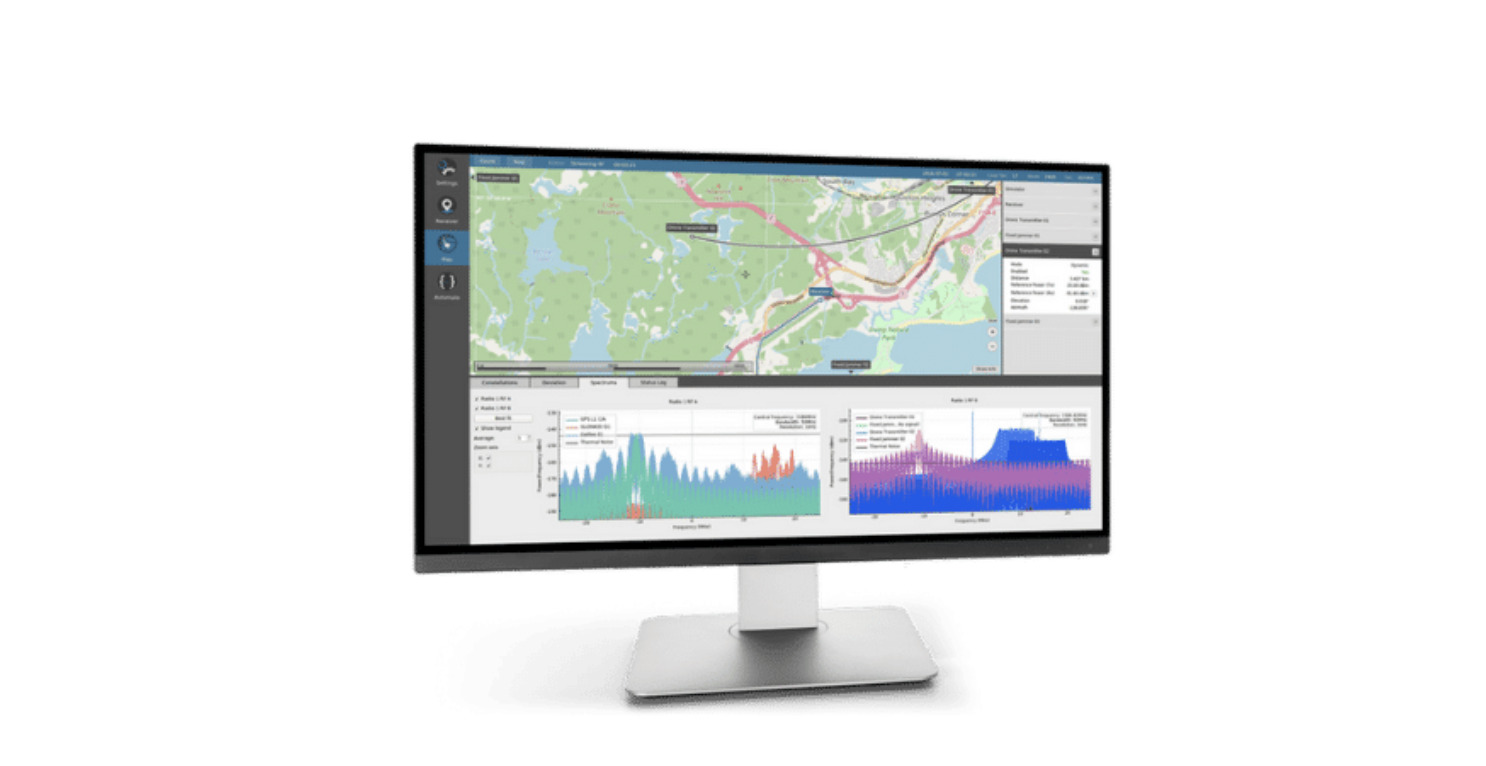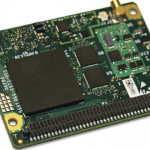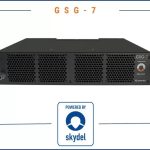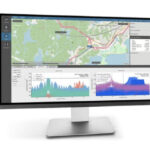ROCHESTER, N.Y.—Orolia, a Safran Electronics & Defense company, announced that Skydel, its flagship GNSS simulation engine software, can generate more than 500 signals from a single platform. By leveraging its software-defined architecture, Skydel’s potential can be massively scaled upwards when employing a robust set of hardware components.
GNSS users, experts, and manufacturers, as well as those looking for an LEO-capable simulation system, can greatly benefit from this unmatched number of signals, the company said.
“GNSS chipset, cellular handset, and GNSS receiver manufacturers have been looking for a robust solution that can generate a very high capacity of signals—with all the constellations and multiple frequencies—from a single workstation. Skydel gives them that capability,” said Pierre-Marie Le Veel, Orolia’s simulation product director. “With the right hardware, Skydel is the first high-capacity GNSS simulator on the market that can also accurately generate advanced multi-path, jamming, spoofing, or the high number of signals and frequencies needed for a true LEO constellation simulation.”
Skydel contains a rich feature set that includes multi-constellation/multi-frequency signal generation, remote control from user-defined scripts, and integrated interference generation. However, one of Skydel’s greatest assets is its open, software-defined architecture.
“Skydel’s software-defined GNSS simulation approach is just the tip of the iceberg,” Le Veel said. “With more and more customers simulating multi-path and jamming scenarios, and the need for more signals in more applications—even beyond traditional simulators—the need for high-capacity has never been greater. The Skydel engine opens the possibility for users to escalate to over 1,000 signals and not be limited by hardware design.”
In addition to generating a high channel/satellite count, Skydel can also produce navwar signals without any additional hardware. Since 2015, Skydel software has been used to simulate GNSS signals for a wide range of applications and business segments including automotive, aerospace, space, telecommunications and defense.






